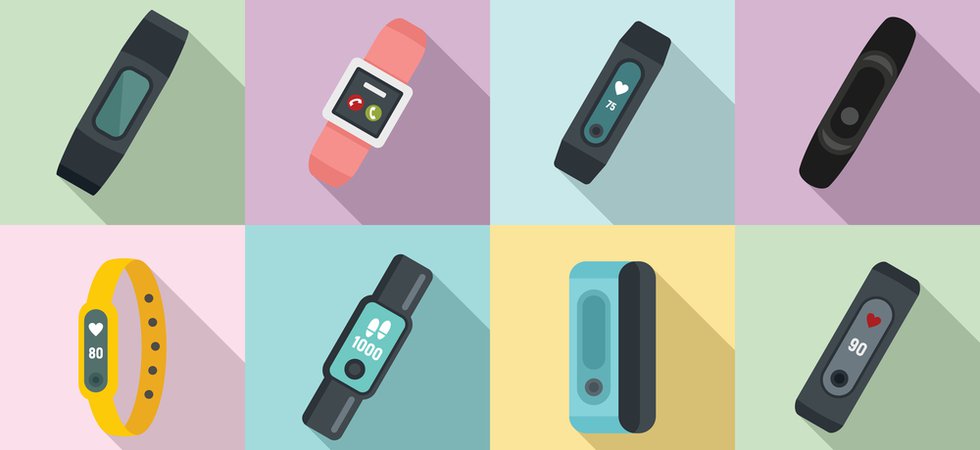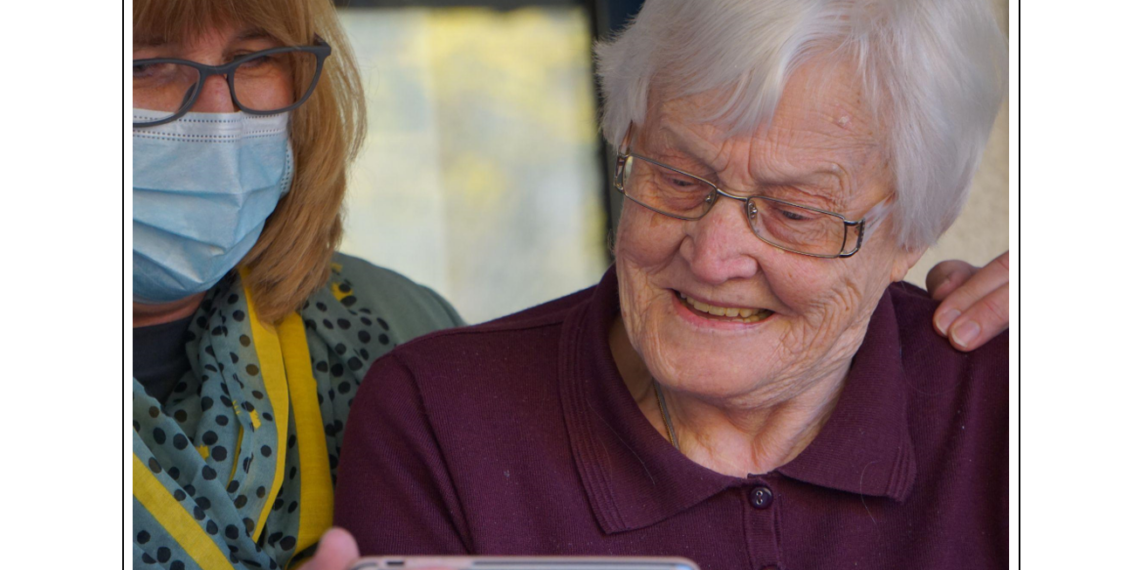The baby boomer generation is getting older, causing an influx of elderly patients needing care across the country.
If your healthcare team isn’t prepared for that type of care or doesn’t have the skills to keep up with this influx of older patients, you’ll be doing a disservice to your patients and your facility.
If you truly want to prepare your team to cater to the needs of aging patients, it’s first important to understand those needs inside and out.
Doing so will allow you to foster better interdisciplinary collaboration and integrate technology into your practice more effectively.
Don’t let the care of aging patients slip through your fingers or overwhelm your staff. Making preparations now for an aging population can help your team better tend to the physical, mental, and emotional well-being of an older generation.
Common Conditions in Aging Patients
A well-informed team is a confident team. Don’t assume that everyone is extremely well-versed in the specific needs of aging patients.
It never hurts to prepare refresher courses or individual training plans that can help your staff make quick, informed decisions to help their aging patients as effectively as possible.
With that in mind, it’s best to educate your team about how to spot the most common conditions associated with aging by looking for symptoms like:
- Hearing loss: Sounds start to seem muffled or difficult to understand.
- Cataracts: Cloudy or blurred vision.
- Back and neck pain: Increased pain even when resting or sitting.
- Diabetes: Extremely thirsty and frequent urination.
- Depression: Persistent sadness or feelings of ‘hopelessness’.
- Dementia: Memory problems and increased confusion.
- Osteoporosis: Decreased grip strength, brittle fingernails, and receding gums.
Obviously, this isn’t an exclusive list, and not all older patients will experience every condition. . But, the more aware healthcare teams are, the more prepared they’ll be for any treatment plan.
Fighting the Effects of Ageism
Far too often, elderly patients are overlooked in today’s healthcare setting, especially when it comes to mental health care.
Unfortunately, the risk of mental health issues is fairly high as people get older.
They are at risk of isolation, which can contribute to anxiety and depression, and can even increase their mortality rate. There are too many gaps in geriatric mental health care, so preparing a team with specialized skills in that area is imperative.
As stated above, older individuals are often at risk of conditions like depression and dementia.
While there is still no cure for dementia, healthcare teams can offer intervention services by providing early diagnoses, identifying and treating any accompanying illnesses, and providing necessary support and information to caregivers and family members.
It’s also worthwhile to train your team in a basic bedside manner, especially when they’re working with elderly patients who might be struggling with their mental well-being.
Inspiring good behaviours among workers can improve the overall work environment and can help to provide patients with a sense of comfort and support, especially if they don’t have a strong system of family or friends in their lives.
Things like ensuring your team doesn’t have an overwhelming workload and fostering a sense of community within your facility can help boost morale and improve the overall mood of those working directly with patients.
Beyond that, encourage them to take the time to listen to each patient without interrupting, and ensure they know how to convince their patients that they will do everything in their power to help.
A little compassion, especially for the senior community, can go a long way in helping older patients feel like they aren’t being overlooked or brushed off.
Integrating Technology
Technology is advancing at a rapid pace, especially in the healthcare industry. There is no reason your team can’t benefit from tech integration when it comes to providing better care to aging patients.
There’s no question that technology is already changing healthcare for patients in all stages of life.
Artificial intelligence can be used for diagnostic support and robotic surgeries. It can also help with administrative duties, making it easier for older patients to make appointments and check out their personal health information online.
Healthcare wearables are a game-changer for older patients — especially those with underlying conditions like high blood pressure or diabetes.

Wearables provide real-time data and constantly monitor the patient without them having to stay in a hospital. With cloud-based applications, your team can receive that data regularly, and can even receive alerts when there’s a problem.
This kind of technology helps to give elderly patients more freedom and independence while allowing your team to monitor their health regularly.
As technology continues to change and advance within the healthcare industry, older individuals should be able to retain even greater independence with the safety net of a medical team monitoring their well-being at all times.
For now, though, utilize the tech you already have to provide adequate comfort and care.
Most importantly, when it comes to caring for aging patients, focus on fostering a team that truly cares and doesn’t overlook this older generation.
Again, a little compassion can go a long way, and if we want to avoid a mental health epidemic in the elderly community, start by providing full-circle care that covers their entire well-being without strictly focusing on physical ailments.
[Featured Image Source: Unsplash]






